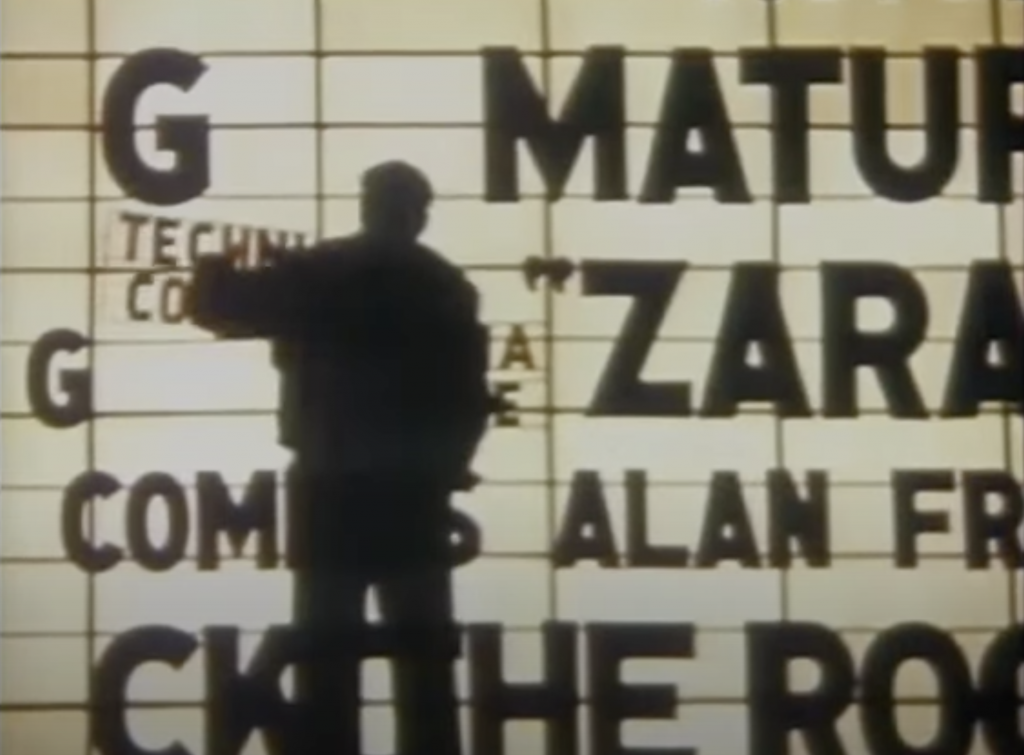William Klein: In And Out of Fashion
William Klein has spent six decades producing works that are raw, direct, and confrontational. As an artist, he has resisted categorization and worked within and across many mediums. His vision embraces a moral conscience and a passion for discord, and his films fall into two disparate but complementary categories: eviscerating social satires and illuminating documentaries. It is mostly through the latter that he betrays his fascination with outsiders—both heroes and outlaws. The legendary Klein appears in conversation at the Walker with Paulina del Paso, filmmaker and associate programmer for FICCO 2009 (Festival Internacional de Cine Contemporáneo de la Ciudad de México).
One of Klein’s most famous documentary films is “Muhammad Ali: The Greatest” (1969), which chronicles the life and career of the legendary boxer Muhammad Ali. The film is a departure from traditional sports documentaries, with Klein’s irreverent and unconventional style capturing the spirit and personality of Ali in a way that had never been seen before.
Klein’s approach to documentary filmmaking is evident in his use of music, sound effects, and fast-paced editing to create a dynamic and engaging narrative. He also employs a variety of techniques, such as split-screen and superimposition, to create a visual style that is both experimental and expressive.
Another notable documentary film by Klein is “Mr. Freedom” (1969), which satirizes American imperialism and the Vietnam War. The film follows the adventures of the titular character, a superhero-like figure who represents American values and is sent to France to stop a communist takeover. Klein uses the character to critique American foreign policy and to expose the hypocrisy of American exceptionalism.
“Mr. Freedom” is a surreal and politically charged film that reflects Klein’s own experiences as an American expatriate living in France. It is an example of how Klein uses humor and satire to comment on contemporary political and social issues, and how his work often blurs the lines between fiction and reality.
Klein’s interest in social commentary is also evident in his documentary film “Broadway by Light” (1958), which explores the advertising industry and its impact on American society. The film focuses on the neon signs and billboards of Times Square, using abstract imagery and sound to create a hypnotic and provocative portrait of the city.
“Broadway by Light” is an early example of Klein’s interest in using experimental techniques to create a powerful visual style. The film is a reflection of Klein’s belief that art and commerce are intertwined, and that the visual language of advertising can be both beautiful and oppressive.
Klein’s documentary films often reflect his interest in exploring the intersection of art and society. His work is marked by a willingness to experiment with form and content, and to challenge the conventions of traditional documentary filmmaking.
In addition to his documentary films, Klein has also directed several feature films, including “Who Are You, Polly Maggoo?” (1966) and “The Model Couple” (1977). These films share many of the same themes and stylistic elements as his documentary work, with Klein using satire and surrealism to comment on contemporary society.
Klein’s films have had a lasting impact on the world of documentary filmmaking, inspiring a new generation of filmmakers to experiment with form and content. His work remains relevant and influential today, and continues to be celebrated and studied by scholars and filmmakers around the world.
